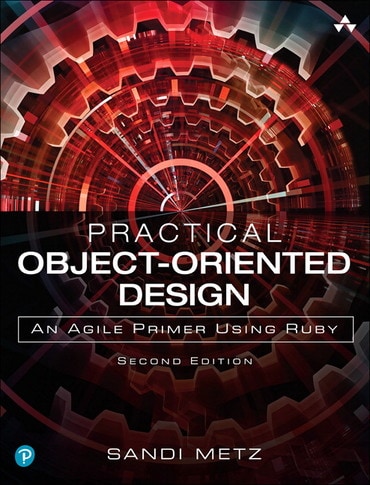
Practical Object-Oriented Design: An Agile Primer Using Ruby, 2nd edition
Published by Addison-Wesley Professional (July 10, 2018) © 2019
- Sandi Metz
- Available for purchase from all major ebook resellers, including InformIT.com
Price Reduced From: $49.99
Details
- A print text
- Free shipping
- Also available for purchase as an ebook from all major ebook resellers, including InformIT.com
The Complete Guide to Writing Maintainable, Manageable, Pleasing, and Powerful Object-Oriented Applications
Object-oriented programming languages exist to help programmers create beautiful, straightforward applications that are easy to change and simple to extend. Unfortunately, the world is awash with object-oriented (OO) applications that are difficult to understand and expensive to change. Practical Object-Oriented Design, Second Edition, immerses students in an OO mindset and teaches them powerful, real-world, object-oriented design techniques with simple and practical examples.
Sandi Metz demonstrates how to build new applications that can “survive success” and repair existing applications that have become impossible to change. Each technique is illustrated with extended examples in the easy-to-understand Ruby programming language, all downloadable from the companion website, poodr.com
Need help? Get in touch
